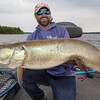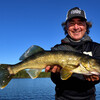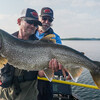
Spring Has Sprung
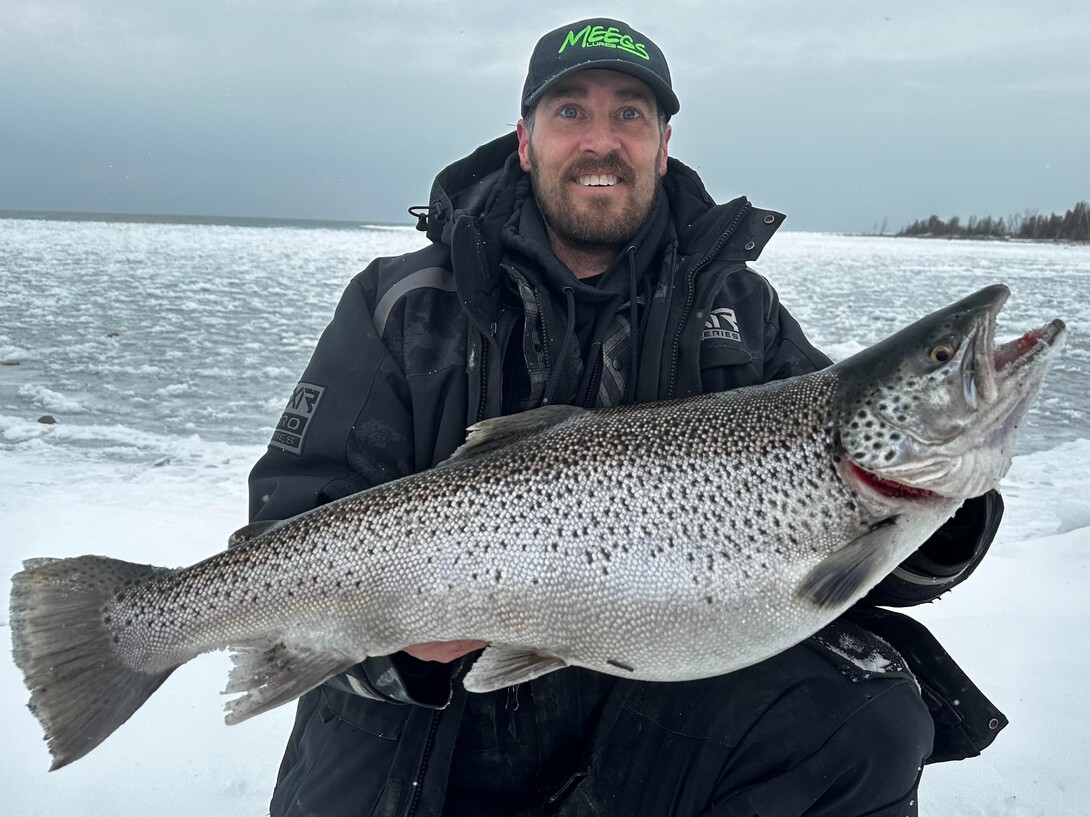
As much as I enjoy ice fishing—and I surely do—I am champing at the bit to get the boat in the water and a new fishing season underway in Ontario. Even more so, after buddy James Meger sent me the pictorial highlights of his first trout trip of the season. He crushed—I mean absolutely put a hurt—on the brown trout, rainbows and salmon this past weekend.
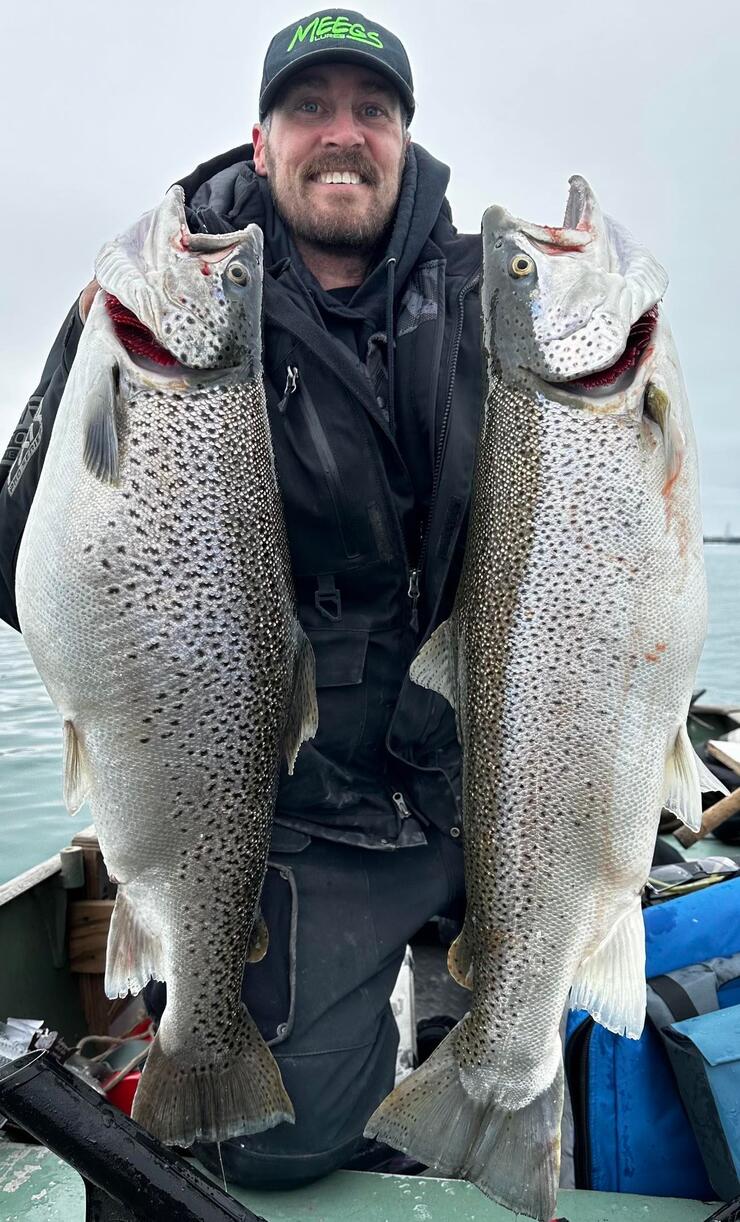
If Meger’s name sounds familiar, it is because he is the godfather of winter whitefish angling on Lake Simcoe. More whitefish are probably caught on the big lake every winter, by ice anglers tapping the bottom with his unique nose-heavy Meegs jigs, than every other bait and lure combined. But the brown trout he caught the other day — wow, that is another story.
“As most trout anglers around the Great Lakes know,” Meger explains, “when you have a warm spell in the spring, the snow starts melting, the rivers start swelling and you can enjoy some of the best fishing of the year. The slightly warmer oxygenated water gets the fish active. That is why I look for locations where multiple creeks and rivers flow into the lake. The bigger they are the better, too, because the current pushes out warm, nutrient-rich, muddy water.”
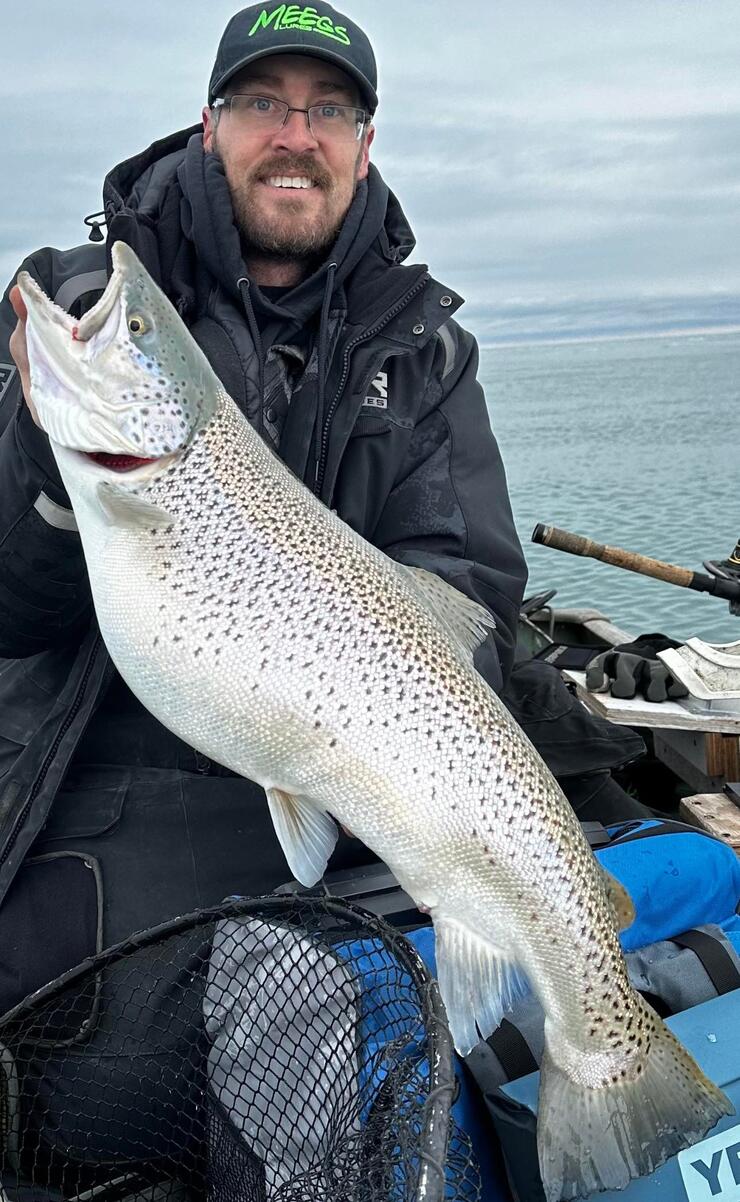
Ironically, many trout anglers dislike fishing in dirty-looking conditions, but Meger loves it, especially when the wind and waves push it back up against the shoreline, creating distinct miles-long mud lines. With the water temperature hovering just a few degrees above freezing, the trout and salmon seek out the warmer river mouth conditions and gorge themselves silly.
“Sometimes only a degree or two will mean the difference between catching trout or not,” says Meger. “The muddy water is always warmer than the clear lake water, so don’t be shy about getting your baits and lures right into it.
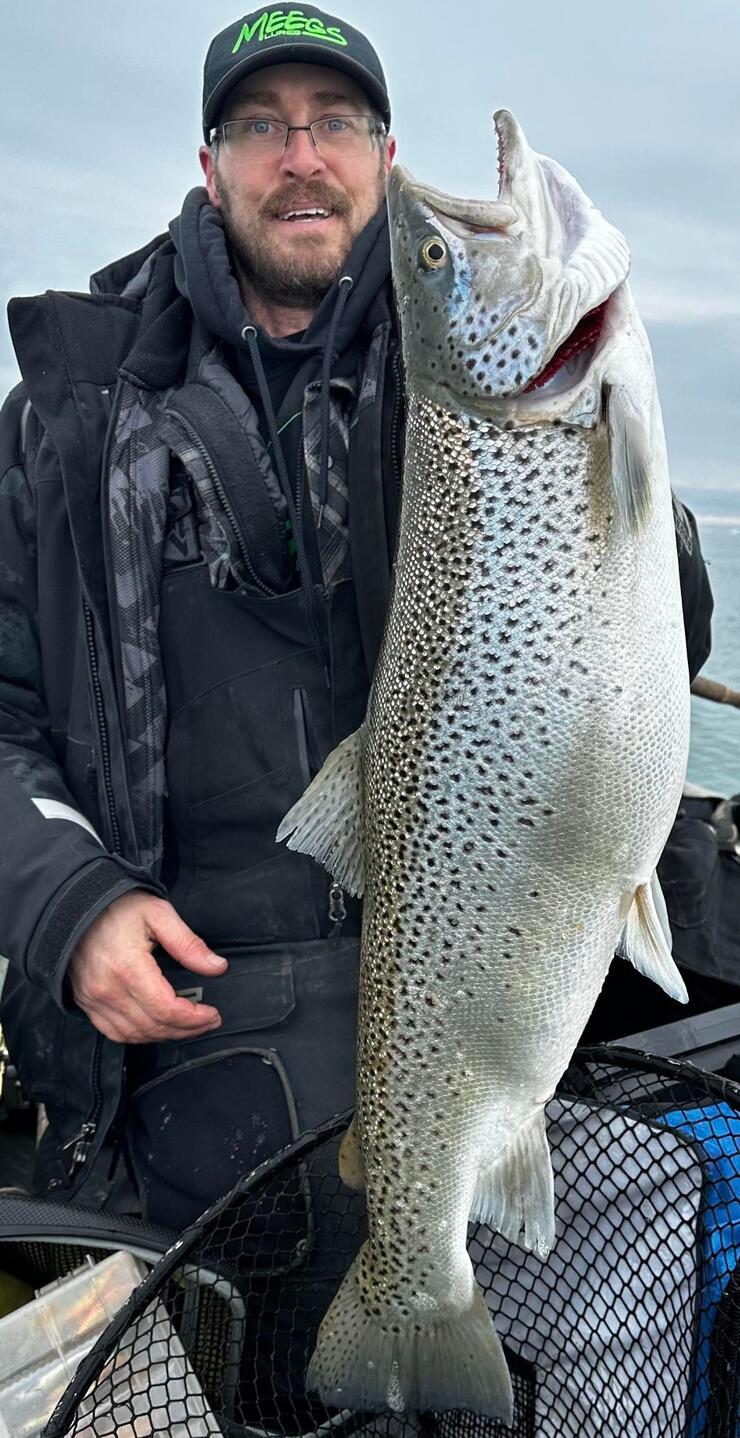
“Rocky shorelines with shoals, and rock, sand, and gravel transitions are prime locations to catch trout and salmon in 30 feet or less. The slightly warmer water brings in the baitfish and the predators are never far behind. Better yet, because you’re fishing within a couple of hundred feet of shore, you can get out in a small boat. I loaded up the 14-foot "tinner" and four-horse outboard the other day and went flatlining.”
Meger does caution, however, to watch the wind as it can push around any floating ice and block the safe return to shore and your vehicle. “The wind can push icebergs, yes, I said icebergs and floating chunks of ice from one side of the lake to the other, so I watch the wind speed and direction, non-stop, while I am fishing. I prefer days with light 10-kilometre wind speeds or less.
“I also make sure that I have all of my safety gear, including paddles, an anchor with 100 feet of rope, extra life jackets, safe boaters kit, a large bailing bucket, cellphone, thermoses of hot drinks, hand towels, warm waterproof gloves, floatation suit and a second source of propulsion, usually, a small electric trolling motor and 12-volt battery.
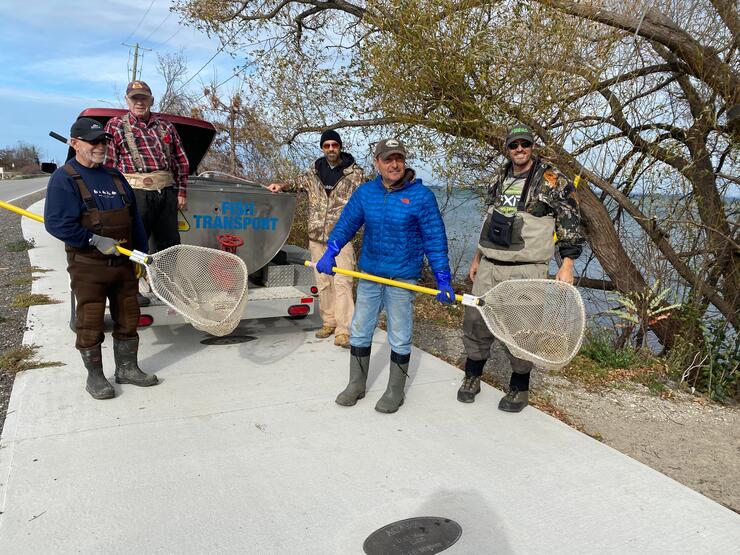
“If you plan properly and don’t take silly risks, you’ll enjoy some of the finest trout and salmon fishing in the world, thanks in part to several local grassroots organizations like The Georgian Triangle Anglers Association that releases over 30,000 brown trout and 60,000 rainbow trout into Georgian Bay every year, from Collingwood to Meaford. The Lake Huron Fishing Club also does the same thing, putting in an incredible 80,000 browns and 100,000 rainbows from Sarnia to Sauble Beach and beyond.”
Next week, in Part 2, James Meger will tell us everything we need to know about the rods, reels, lures and tactics to catch these jaw-dropping trout and salmon.
Recommended Articles

Predicting Lake Thickness

Eating Northern Pike

10 Facts About Lake of the Woods
Ontario Brook Trout

Top 5 Baits for Smallmouth and Largemouth Bass
Top 8 Places to Ice Fish in Ontario

Reaching Deep For Walleye

3 Great Ontario Walleye Destinations

Big Basswood Lake Resort
Top 5 Musky Destinations in Ontario

The Northern Walleye Dream

Musky Mayhem in the Kawarthas
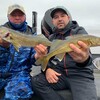
Abitibi Walleye Experience

The Perfect Shore Lunch

Top Flies for Northern Pike
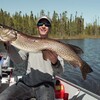
Striker's Point Lodge

Wild Brook Trout

Best WhiteFish Tactics

5 Places to Shore Fish
